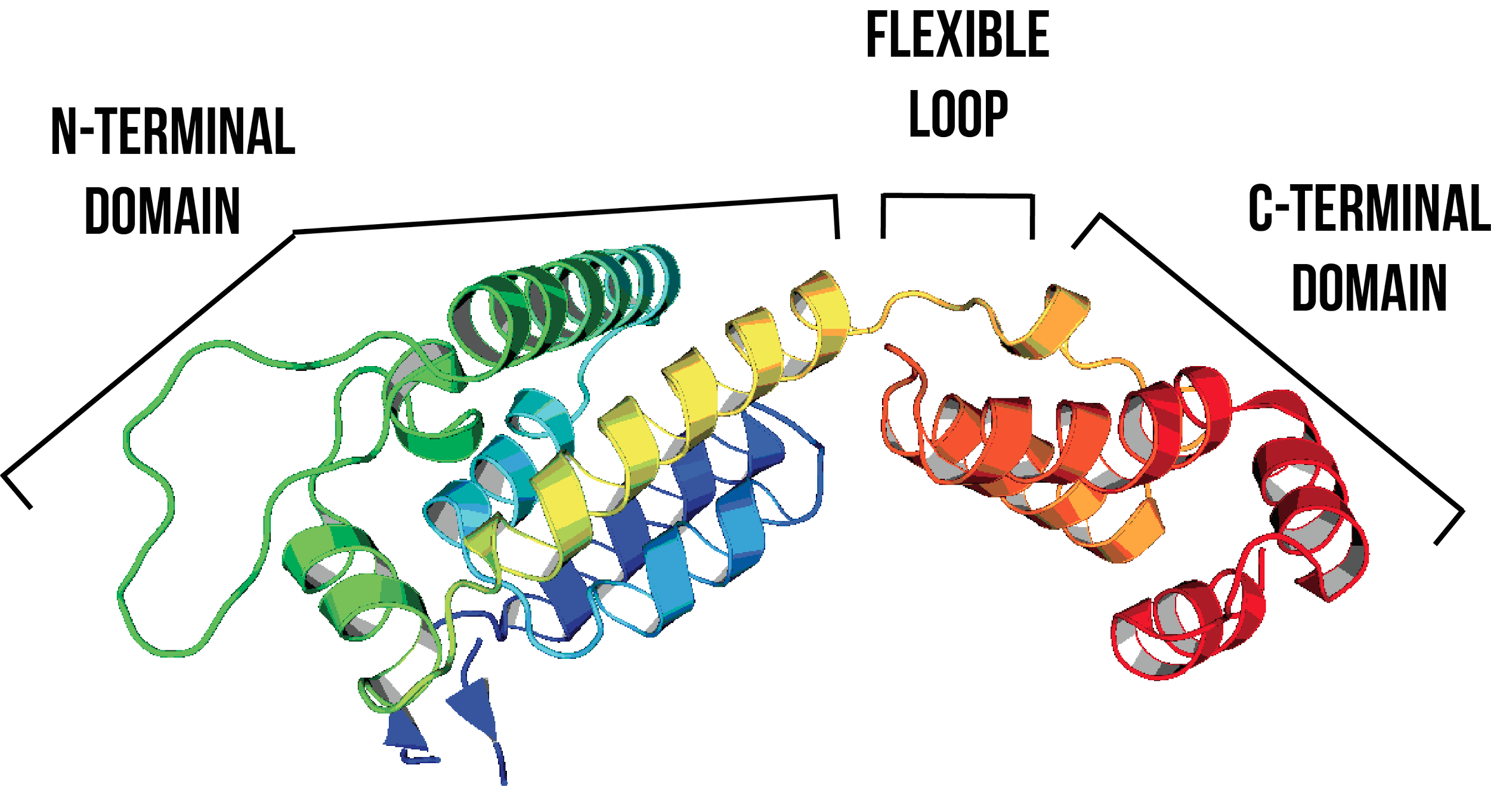Table Of Content

Outside the lab, Franzi enjoys playing Tennis or any other racket sport, cooking, and going to the movies. The task was to create a vegan product range with enough differentiation from the regular protein waters.The result is is a colorful labels that convey the fruity flavors with a powerful V letter as a window. The composition and fonts convey strength and the high performance of the product.While creating the Vegan range, we also redesigned the regular protein waters to make use of the new brand icon letter V as a hero element. Show off your brand’s personality in your packaging with a custom protein label designed just for you by a professional designer. We’ve collected some amazing examples of protein labels from our global community of designers.
AI system can generate novel proteins that meet structural design targets - MIT News
AI system can generate novel proteins that meet structural design targets.
Posted: Thu, 20 Apr 2023 07:00:00 GMT [source]
Graduate students
Future Food-Tech Alternative Proteins in Chicago is the go-to meeting place for 700+ food-tech innovation leaders from international food brands, active investors and technology pioneers to collaborate, diversify and scale protein production. The researchers aren't now pursuing these molecules any further with a view to bringing drugs based on them to the market. Instead, the purpose of the molecules was to subject the new AI process to an initial rigorous test. Schneider says, however, that the algorithm is already being used for similar studies at ETH Zurich and in industry. One of these is a project with the Children's Hospital Zurich for the treatment of medulloblastomas, the most common malignant brain tumours in children.
Producing sustainable materials
As an intern with the Rosetta Commons, he worked in Dr. Daniel Kulp’s lab at The Wistar Institute to develop a computational protocol that targets viral glycoprotein epitopes for immune recognition. He is broadly interested in developing new computational techniques for protein design with the hope that they can be used to create the next generation of protein-based therapeutics. Outside of the lab, Ben enjoys exploring the city, hiking, cooking, and playing guitar. To create the algorithm, the scientists trained an AI model with information from hundreds of thousands of known interactions between chemical molecules and the corresponding three-dimensional protein structures.

Explore content
Over the course of several months of testing and optimizing, the teams developed two more inducible LOCKR systems. The first one, degronLOCKR, encodes a cODC degron, and expression of the key initiates its degradation. The second, nesLOCKR, encodes a nuclear export sequence, and the key successfully induces its removal to the cytoplasm. LOCKR activation is tunable to different concentrations of the key protein, making the technology adaptable to a variety of cellular activities. Protein subunits that self-assemble into large VLPs show how protein design can achieve increasingly complex structures.
Jing SunGraduate Student
Additionally, the IBRL helps startups understand the best raw materials — sugars, amino acids, etc. — to use in their fermentation process, Jacobson said. Many alt-protein startups mistakenly purchase American Chemical Society (ACS) reagent-grade ingredients, considered the highest standard in terms of ingredient quality, when cheaper options are available to them, he added. IBRL helps "companies go from ... two PhDs in a lab" to creating the processes and technical know-how to create alt proteins at a larger scale. Other institutions, like the University of California, Davis Integrative Center for Alternative Meat and Protein offer similar support to alt-protein startups.
Chun-Chen Jerry YaoGraduate Student
Find and hire a designer to make your vision come to life, or host a design contest and get ideas from designers around the world. A client requested a new packaging design for their Whey Protein product, to coincide with an upcoming rebranding and label update. The design specifications required it to be visually appealing to a broad audience, utilize legible fonts, and be suitable for online sales. To achieve this, I used a dark neutral base with embossed textures in certain areas to provide a premium user experience.
We have lots of exciting projects involving protein design, high-throughput experiments, and structure determination. Roksana grew up in Bangladesh and later immigrated to the United States, where she completed her B.S. She received her Ph.D. in Biochemistry and Molecular Biophysics from the CUNY Advanced Science Research Center working in Prof. Kevin Gardner's lab. During her Ph.D., Roksana studied the superfamily of PAS/LOV sensory domains and their regulatory control of Ser/Thr kinases in plants and humans. Her thesis research characterized the structure and function of the allosteric regulation of PAS to control the kinase function using integrated techniques including NMR (high-pressure, 2D/3D), HDX-MS, cryo-EM, and X-ray. In her free time, Roksana is passionate about volunteering in STEM outreach, and she enjoys cooking, watching soccer and cricket, outdoor activities, and keeping up with recent scientific discoveries.
The original concept Baker and colleagues had in mind was to develop algorithms to predict a protein’s final 3D structure. Rosetta simulates the interplay of hydrogen bonds and side chain attractions and repulsions through which a linear chain of amino acids collapses into a thermodynamically favorable state. In the early 2000s, in work spearheaded by then-postdoc Brian Kuhlman (now at the University of North Carolina, Chapel Hill), Baker’s team figured out how to use Rosetta ‘backward’.
Ultimately, we hope that by cracking the ligand-binding code we open the door to the design of functional proteins not seen in nature. The second key to the IPD is that it draws on generations of work in biological sciences and protein engineering, funneling that vast reservoir of observational data into designing and building new proteins from scratch. Jody graduated from Johns Hopkins University with a degree in biomedical engineering and is currently a PhD student in the Harvard-MIT HST program.
PDL BioPharma, Inc. is a biopharmaceutical company focused on discovering, developing and commercializing innovative therapies for severe or life threatening illnesses. The beauty of the LOCKR system is that it’s modular and customizable, so rather than going back to the drawing board for each new cellular application, it’s possible to swap out the active domain with different functional elements. ” The pair discussed the idea of enclosing a degron, a protein sequence that helps regulate protein degradation.
Using Rosetta and particularly the Foldit game, the team rearranged the amino acids into an active site that would break down gluten. If you are interested in joining a growing, collaborative team working at the forefront of protein design, please email Nick your CV and a statement explaining your goals and interests. If you want an amazing protein label that stands out from the competition, work with a professional designer.
Please reach out to Nick directly via email with a description of your interests. (MIT graduate students who are not in a joint program can be co-advised with an MIT faculty.) Prospective graduate students are also encouraged to reach out, although in order to join the group they must first be admitted into a PhD program. Design is clean and modern and differentiates the product from the others in the market. The brand is aimed at year olds, with an equal split across males and females.
He is interested in how machine learning can be used to facilitate protein structure design and in developing biotechnology applications. You can find him in his spare time cafe hopping in Boston, reading The Verge, and learning new choreography. Anna is an undergraduate student at MIT pursuing a major in biological engineering. She is interested in exploring ligand-binding protein design and its potential for therapeutic applications, and is excited by the intersection between computational, chemical, and biological research. Outside of the Polizzi Lab, Anna loves making art, exploring with friends, and taking walks with her dog Mango. Nick received his PhD in Biochemistry from Duke University, where he developed experimental and theoretical models to probe mechanisms of biological charge flow.
If you ask Baker what excites him about the institute, he doesn’t mention grant money or hiring sprees. “It’s exciting that we’re now getting to the stage where we can build new things that can be useful in the world,” he says. Baker believes that de novo protein design technology has turned a corner, from creating functional but simple proteins to building complex molecular machines that can perform conditional operations.

No comments:
Post a Comment